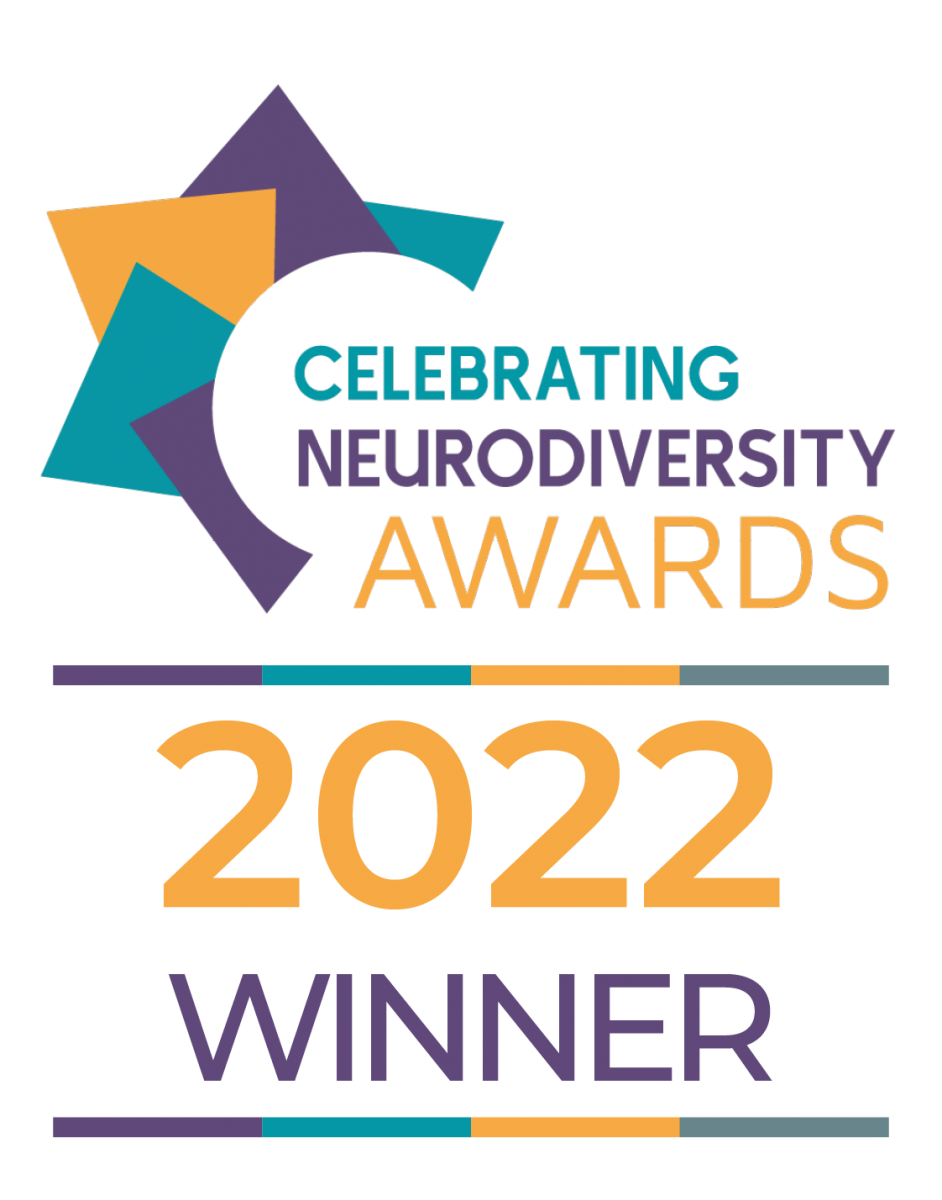The Equality Act 2010 brought all earlier anti-discriminatory legislation together and has the same goals as the four major EU Equal Treatment Directives. It defines nine ‘protected characteristics’, or groups of people who are particularly exposed to discrimination and are therefore protected under the Act.
The Act now provides the same level of protection against discrimination across all these protected characteristics, which are:
- Age – means how old somebody is, (e.g. 32 years old) or their age is within a range (e.g. 18 - 30 year olds)
- Disability – the Act defines disability as where a person has a physical or mental impairment which has a substantial and long-term adverse effect on their ability to carry out normal day-to-day activities. Although Shropshire Fire and Rescue Service uses this definition in meeting our statutory and other official obligations, for other purposes we use definition set out in the ‘Social Model’ (link) of disability.
- Gender reassignment – where somebody is transitioning or has transitioned from one gender to another.
- Marriage and civil partnership – The definition of marriage as a 'union between a man and a woman' has effectively been changed by the England and Wales Marriage (Same Sex Couples) Act 2013 to include same-sex couples. Same-sex couples can also have their relationships legally recognised as 'civil partnerships'. Civil partners must be treated the same as married couples on a wide range of legal matters.
- Pregnancy and maternity - Pregnancy is defined as being pregnant or expecting a baby. Maternity refers to the period after a birth, and is linked to maternity leave in employment. In the non-work context, protection against maternity discrimination is for 26 weeks after a birth, and includes treating a woman unfavourably because she is breastfeeding.
- Race - refers to groups of people who are defined by their race, colour, nationality (including citizenship), ethnic or national origins.
- Religion and belief - Religion is a belief in and worship of a god or gods. Belief includes religious and philosophical beliefs, including lack of belief (e.g. atheism). To be included in the definition, a belief should affect somebody’s life choices or the way they live.
- Sex - being male or female
- Sexual orientation - whether a person's sexual attraction is towards their own sex, the opposite sex or to both sexes.
All of the protected characteristics are affected by people’s social and economic status, especially in times of austerity. This is important for us, not least because the risk of fire is highest among people who are socially and economically disadvantaged.
Our Single Equality Scheme focuses on these protected characteristics, which form the core of our equality and diversity work. Although marriage and civil partnership and pregnancy and maternity are separate protected characteristics under the Equality Act, our Single Equality Scheme Action Plan deals with them under other protected characteristic headings.
The public sector Equality Duty (section 149 of the Act) came into force on 5th April 2011. The Duty supports good decision-making by ensuring public bodies consider how different people will be affected by their activities, helping them to deliver policies and services which are efficient and effective, accessible to all; and meet different people’s needs.
The Equality Duty is supported by specific duties, set out in regulations which came into force on 10th September 2011. These require public bodies to publish relevant, proportionate information demonstrating their compliance with the Equality Duty, and to set themselves specific, measurable equality objectives.
Useful links
- Equality Act 2006 - Office of Public Sector Information www.opsi.gov.uk





